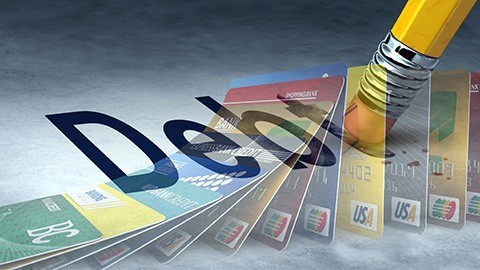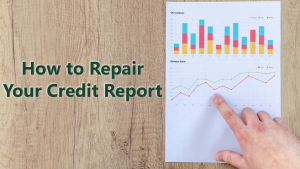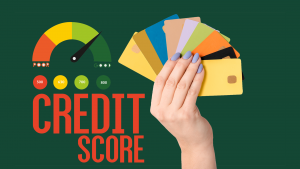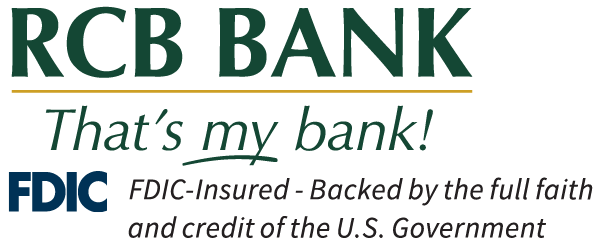
Making a plan to pay off credit card debt is essential for anyone facing financial strain due to outstanding balances. The first step is to gather all credit card statements to understand the full scope of the debt. This includes noting the outstanding balances, interest rates and minimum monthly payments for each card.
Next, prioritize the debts based on interest rates. In general, the higher-interest cards should be paid off first to minimize the amount of interest accrued over time. While paying the minimum on all cards, allocate extra funds towards the highest interest debt. This approach, known as the avalanche method, can save money in the long run.
Alternatively, some may prefer the snowball method, which involves paying off the smallest debts first to gain momentum and motivation. Regardless of the method chosen, consistency is key. Stick to the plan by setting realistic monthly payments and avoiding accumulating additional debt. Utilize any extra income, windfalls or bonuses to accelerate debt repayment.
Creating a budget can help identify areas where expenses can be reduced to free up more funds for debt repayment. Cut back on unnecessary expenses and allocate the savings towards paying off credit card debt.
Finally, monitor progress regularly and adjust the plan as needed. Celebrate milestones along the way to stay motivated and committed to becoming debt-free. By making a plan and sticking to it, individuals can take control of their finances and achieve financial freedom. With discipline and determination, paying off credit card debt is achievable, leading to a more secure financial future.
The opinions expressed above are the personal opinions of the author and meant for generic illustration purposes only. For specific questions regarding your personal lending needs, please call RCB Bank at 855-BANK-RCB. RCB Bank is a member FDIC.
Sources:
Egan, J., & Strohm, M. (2021, July 30). The Debt Avalanche Method: How It Works and how to use it. Forbes. https://www.forbes.com/advisor/debt-relief/debt-avalanche-method-how-it-works/
Egan, J., & Strohm, M. (2021a, July 28). The debt snowball method: How it works and how to use it. Forbes. https://www.forbes.com/advisor/debt-relief/debt-snowball-method-how-it-works/



